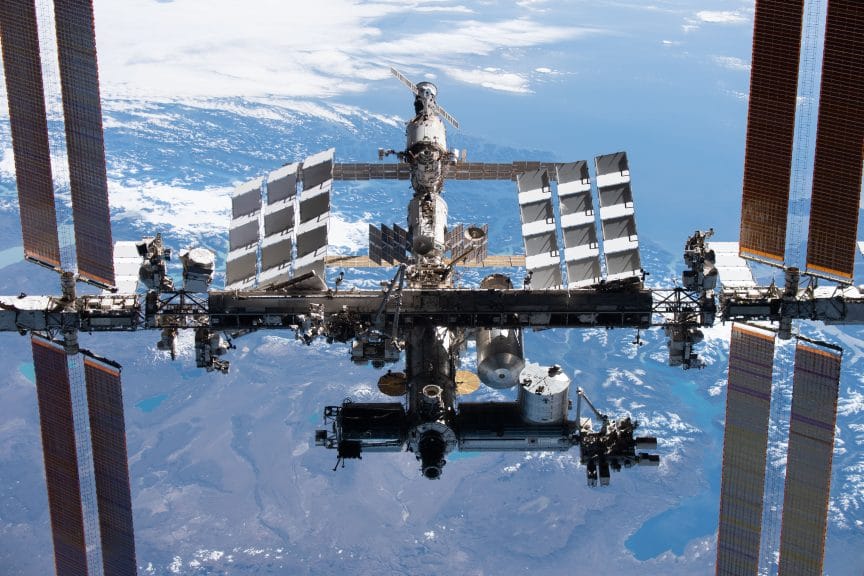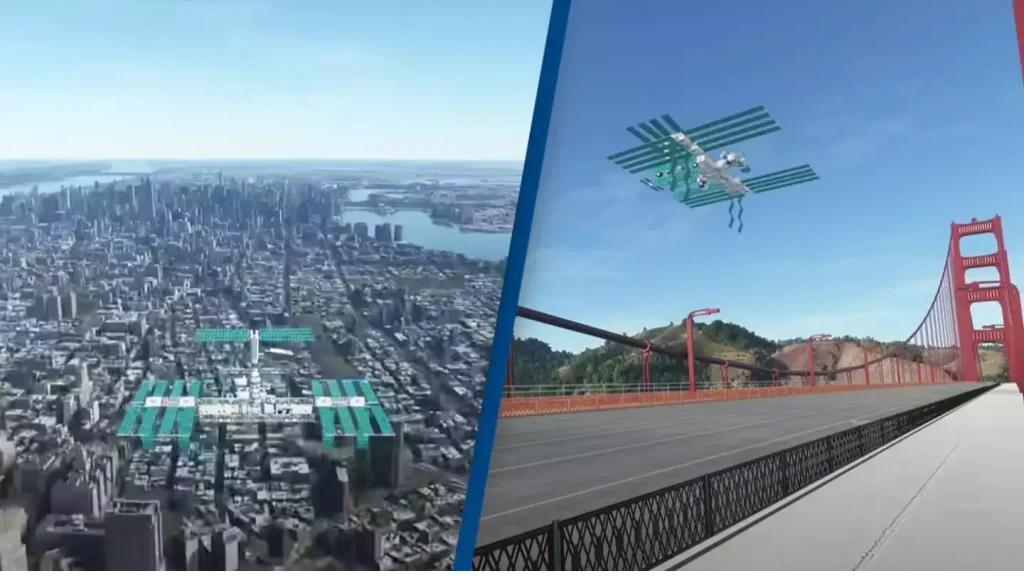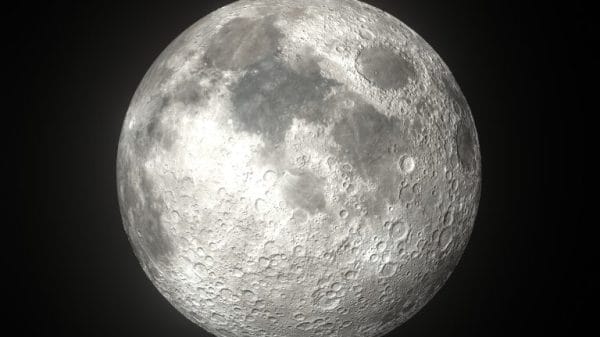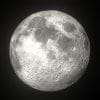The International Space Station (ISS) has an impressive catalog of facts and figures. For example, it travels in Low Earth orbit at a speed of five miles per second, allowing it to complete a full orbit of the Earth in a mere 90 minutes. That means that in 24 hours, the ISS completes 16 orbits of Earth – that’s 16 sunrises and sunsets. These statistics have been accessible for some time, but we have never really been able to wrap our heads around them – until now.
An animation released by the YouTube channel Airplane Mode demonstrates the speed at which the ISS travels. The video shows the shocking speed both from the perspective of a human watching the spacecraft from Earth and from the spacecraft itself.
In order to represent just how fast it travels, the creator produced the footage as if the ISS orbited at 10,000ft, which is just under two miles above Earth. For some context, the actual spacecraft orbits at an altitude of approximately 250 miles.
Though you’ll never catch a close-up glimpse of the ISS quite like the animated footage in the video, there are opportunities to spot the spacecraft from wherever you are in the world. The Spot The Station feature on the NASA website allows you to type in your location and find out when the Station is viewable to you. For example, the ISS will be visible in Central London on 7th March at 4.25 am. The webpage also tells you how long the spacecraft will be visible (in this example, it’s only visible for one minute), where it will appear, and where it will disappear.
What does the ISS do?
The ISS, which was being designed between 1984 and 1993, is managed and operated by five partner agencies, including NASA, the Canadian Space Agency, the European Space Agency, the Japan Aerospace Exploration Agency, and “Roscosmos”, the State Space Corporation. Each partner manages and controls the hardware it provides. NASA says that it is “the unique blend of unified and diversified goals among the world’s space agencies that will lead to improvements in life on Earth for all people of all nations.”
The partner agencies have some overarching goals in common for the spacecraft. Firstly, they want it to be used as an educational platform, encouraging the youth to pursue careers in science, technology, engineering, and maths (STEM). There are a range of educational resources online, including a daily blog on what’s happening on the ISS and high-definition pictures and streams showing views of and from the spacecraft.

Additionally, the partners want to use the knowledge gained from ISS research to allow more space exploration missions in the future. The data gathered may be useful in various fields, such as human physiology, biology, engineering, and fluid physics. The partners hope that discoveries in these areas might translate to benefits here on Earth, too. Improving human health and providing socioeconomic and environmental benefits is a really big part of the ISS’ mission.
The ISS also functions as a home for a crew of seven astronauts who live and work on the spacecraft. It has been continuously occupied since November 2000. In order to home all these people, it has the volume of a five-bedroom house, and it would weigh almost a million pounds if it were on Earth.
Contextualizing these facts and figures
The animation, which demonstrates the speed of the ISS, is a brilliant resource for helping people contextualize some of this information. A data-gathering spacecraft, which houses seven people and is the size of a five-bedroom house, is orbiting the Earth at a speed of five miles per second. Airplane Mode’s visual aid does a brilliant job of showing people all around the world just how impressive that is.














